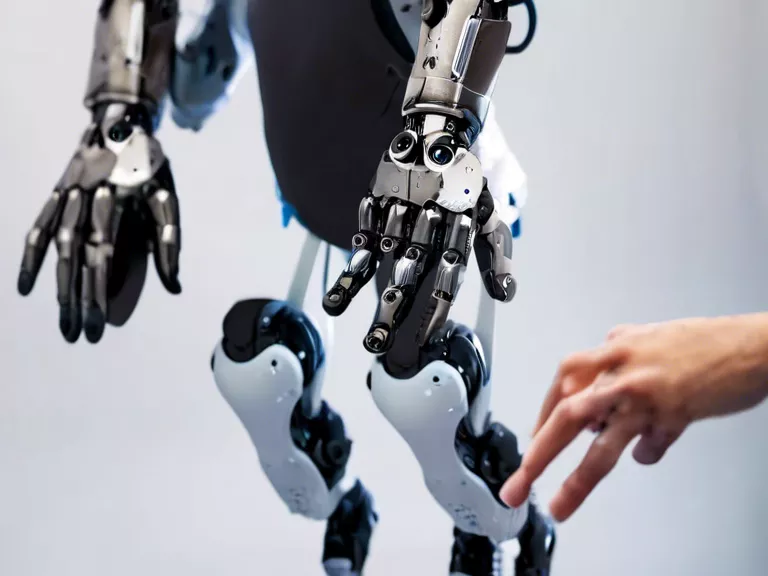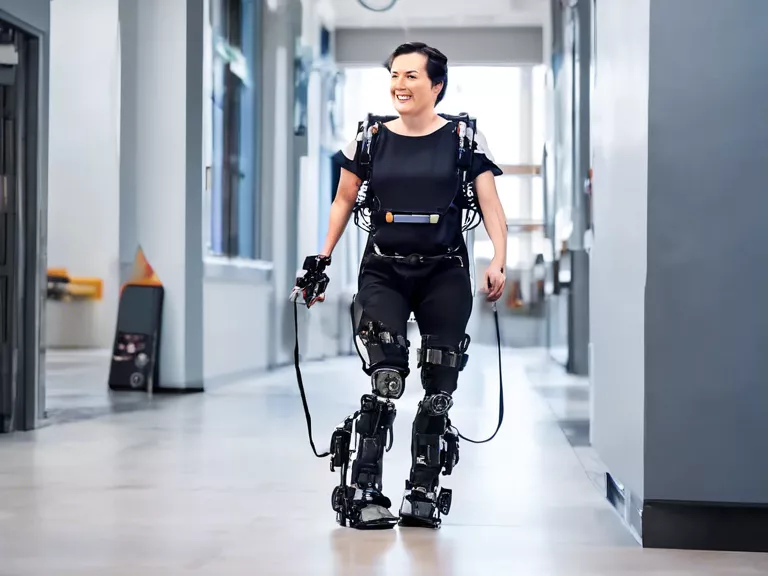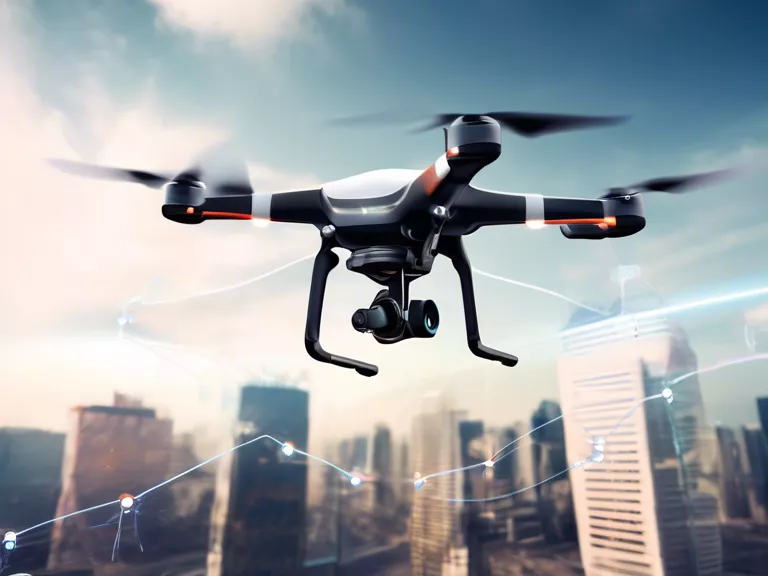
In recent years, the field of robotics has played a crucial role in advancing prosthetics and human augmentation, revolutionizing the way we think about mobility and accessibility for individuals with limb differences or disabilities. As technology continues to evolve, the integration of robotics into prosthetic devices has led to major breakthroughs in enhancing the quality of life for many people. Let's explore the significant role of robotics in this field and how it is propelling us towards a future where human augmentation is more accessible than ever before.
One of the key benefits of incorporating robotics into prosthetic devices is the ability to create more functional and natural movements. Traditional prosthetics can be limited in their range of motion and dexterity, making it challenging for users to perform everyday tasks with ease. Robotics allows for a more precise control of the prosthetic, enabling users to manipulate objects and navigate their environment with greater flexibility and precision. This can lead to a significant improvement in the user's quality of life, as they are able to regain independence and confidence in their daily activities.
Furthermore, robotics has paved the way for the development of more advanced prosthetic technologies, such as myoelectric prosthetics that are controlled by the electrical signals generated by the user's muscles. By harnessing the power of robotics, these devices can mimic the natural movements of a human limb, providing a more seamless integration with the user's body and a more intuitive control interface. This not only improves the user experience but also enhances the functionality and performance of the prosthetic device.
In addition to prosthetics, robotics has also been instrumental in the field of human augmentation, where technology is used to enhance human capabilities beyond what is naturally possible. From exoskeletons that can augment strength and endurance to neural implants that can improve cognitive functions, robotics is opening up new possibilities for optimizing human performance and pushing the boundaries of what we thought was achievable.
As we continue to push the boundaries of robotics and prosthetics, the future holds endless possibilities for enhancing human mobility, accessibility, and performance. With the help of robotics, individuals with limb differences or disabilities can look forward to a future where prosthetic devices are not just tools, but seamless extensions of themselves that empower them to live life to the fullest.



